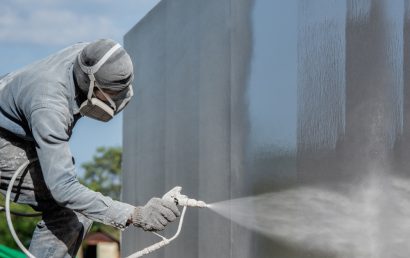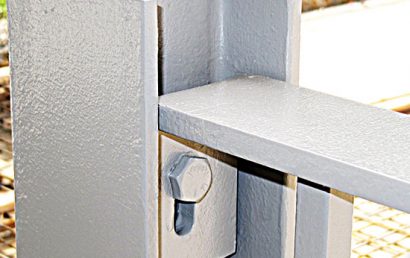Eight Benefits Of Thermal Spray Coating For Precision Protection
Thermal spraying is a coating process that uses a spray of finely divided semi-molten and molten droplets. It has the ability to deposit coatings of cermets, metals, polymers, and ceramics in layers of thickness ranging from 0.1 to 10mm. As long as a material melts or becomes plastic when sprayed, it can be deposited. The particles form ‘platelets’ or ‘splats’ that are bound together to produce the coating. Thermal spray coating allows for precision protection. Let’s further explore the benefits of thermal spray coating.
Removes the Use of Expensive Billets, Forgings, and Bars
By selectively applying high-performance elements, fabricators and designers do not have to machine full components from expensive heat-treatable or exotic, premium alloys. Instead, components have been devised from less expensive materials before being coated with thermal spray to guarantee durability and performance.
Ensures High-Performance Materials Are Placed Where They’re Needed
It is unnecessary to engineer a full component for corrosion protection or wear resistance; thermal spray coatings ensure engineers are able to spot specific areas that are affected by surface attacks and apply protection wherever and whenever needed.
Temperature Is Below 250°F; Zero Effect on the Component
There is technically no risk of warping or distorting the component because of the fact that the thermal spray process gives off only a small amount of heat to the substrate. Hence, it is fine to apply coatings of thermal spray to finished elements with extremely fine tolerances. They are also a solution option in repairing parts that have localized damage.
Application On Many Plastics and Almost Every Metallic Substrate
Coatings of thermal spray are not mixed with the chemical, metallurgical, or substrate interactions that cause certain material pairings to be un-weldable – like aluminum and steel. Almost any coating material can be used on numerous metallic substrates, as well as many plastics.
Wide Range of Wear and Corrosion-Resistant
The range of materials that can be found on the market for thermal spray application means that almost every industrial corrosion or wear challenge possibly has a solution. From chlorine pump and molten zinc handling to galling under high temperatures, thermal spray coating can be a solution for a wide range of challenges.
Extensive Selection of Pure Metals, Ceramics, Composites, and Alloys
Thermal spray processes can be used on a wide spectrum of materials, from ceramics to metallics. Materials can be used in combination or alone, and can also be put together in layers to produce a pairing of characteristics.
Spray Formable Electrical Conductors and Insulators
Copper, tungsten, and zinc are low-resistance conductors that can be sprayed onto component surfaces. The same goes for aluminum oxide, which is a strong insulator. Hence, thermal spray provides an effective and fast solution for the application of customized resistive or conductive traces onto antennas, equipment housings, photovoltaic cells, and more.
Thermal Barriers That Work Well With Applications in High Heat
Thermal barrier coatings are a category of thermal sprayed ceramic coatings which are specifically effective at guarding metallic elements against extreme temperatures in hydrocarbon combustion. Such coatings have been largely used within gas turbines on land and aerospace, and recently gained significance in auto racing.



